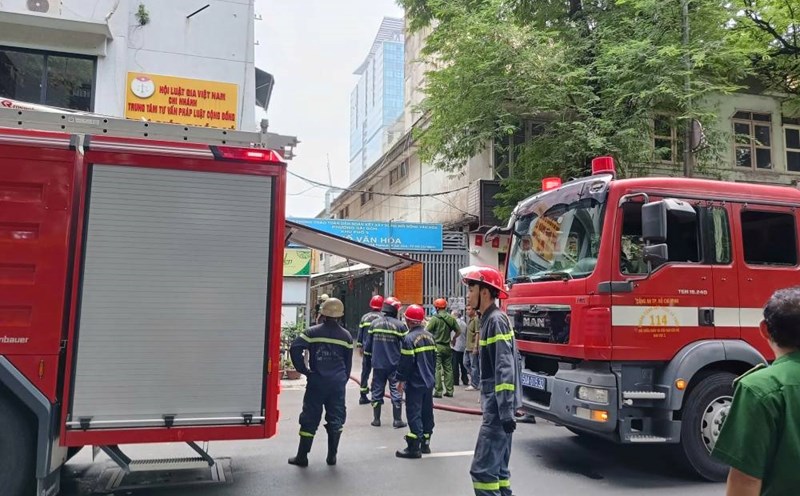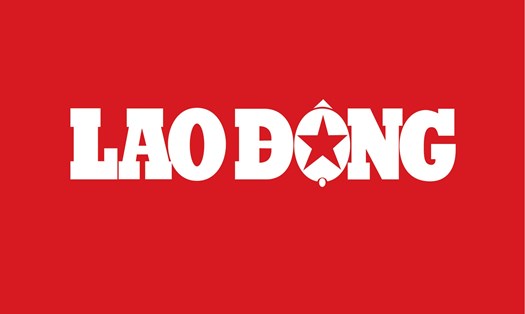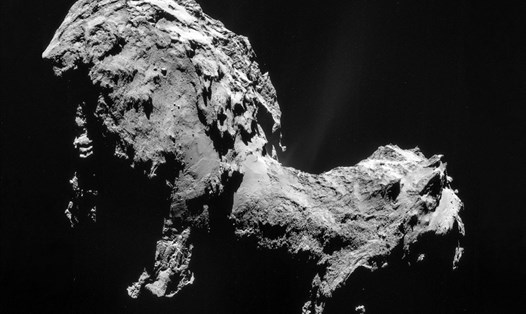The Yarrabubba satellite collision hole with a diameter of 70km in Western Australia is about 2.23 billion years old, according to research results published by scientists from the University of Curtin Australia in the journal Nature Communications.
To determine the exact age of the Yarrabubba collision hole, Dr. Timmons Erickson of Curtin University and NASA's Johnson Space Center and colleagues analyzed the minerals zircon and monazite in this structure after the satellite collision.
Researchers speculate that the collision occurred at a time when the planet was believed to be covered in ice, causing a large amount of escape into the atmosphere and creating a giant cluster of volcanoes in the rocks below. The impact of the collision may have fueled climate warming leading to global ice melting.
There is a possibility that the worlds oldest satellite collision could help get the planet out of deep frozen, says Professor Chris Kirkland of the University of Curtin.
Yarrabubba, located between Sandstone and Meekatharra in central Western Australia, has been identified as a meteorological hole (or collision hole) for many years, but its age is not clearly defined. Now we know that Yarrabubba volcano was created at the end of what is known asnowball Earth - the hypothesis that the Earth's surface was almost or completely frozen" - Professor Chris Kirkland said.
Researchers suspect the area was covered by a 5km- thick bang band at the time. They calculate that the intense satellite attack could have turned a huge amount of ice into steam - sending about 200 billion tons of steam into the atmosphere.
The minority planet fell into one of two primeval snow globe on Earth 2.4 billion years ago, in the context of increased oxygen in the atmosphere that was controlled by methane and carbon dioxide at that time.
The discovery raises questions about whether the collision could be enough to end the frost. "It's very curious to think about an impact of the satellite that changes the Earth's atmosphere into something more vitale than the snow globe scenario," Dr Erickson added.
This study could be of great significance for future discoveries of the collision hole, says Dr Aaron Cavosie, also from the University of Curtin. Our discovery emphasizes that it is very important to have a good grasp of the exact age of known craters. Yarrabubba is half the age of the Earth and it raises the question of whether all the older collisions have eroded or they are still waiting to be discovered.
The Earth has been attacked by space rock many times since its formation 4.5 billion years ago. For example, a satellite extinguished the dinosaur 66 million years ago. But undeniable mobility of the Earth's tectonic plates and erosion of the surface have wiped out the oldest craters.








